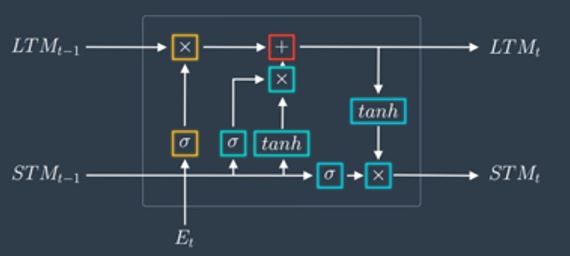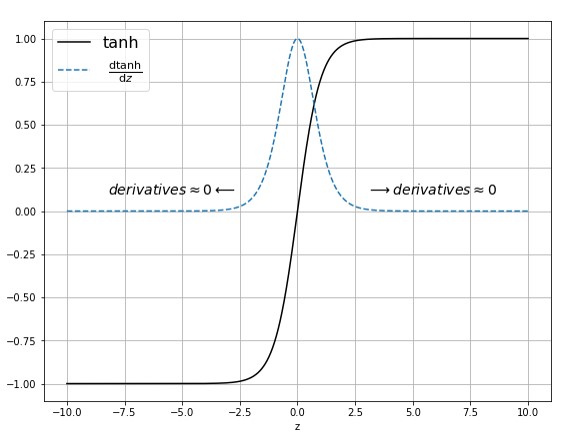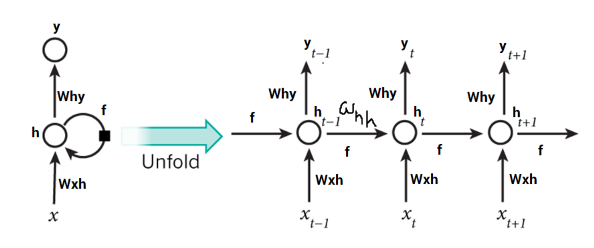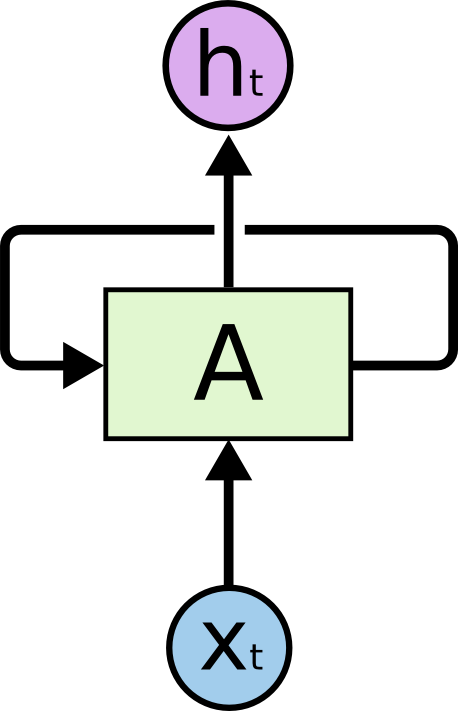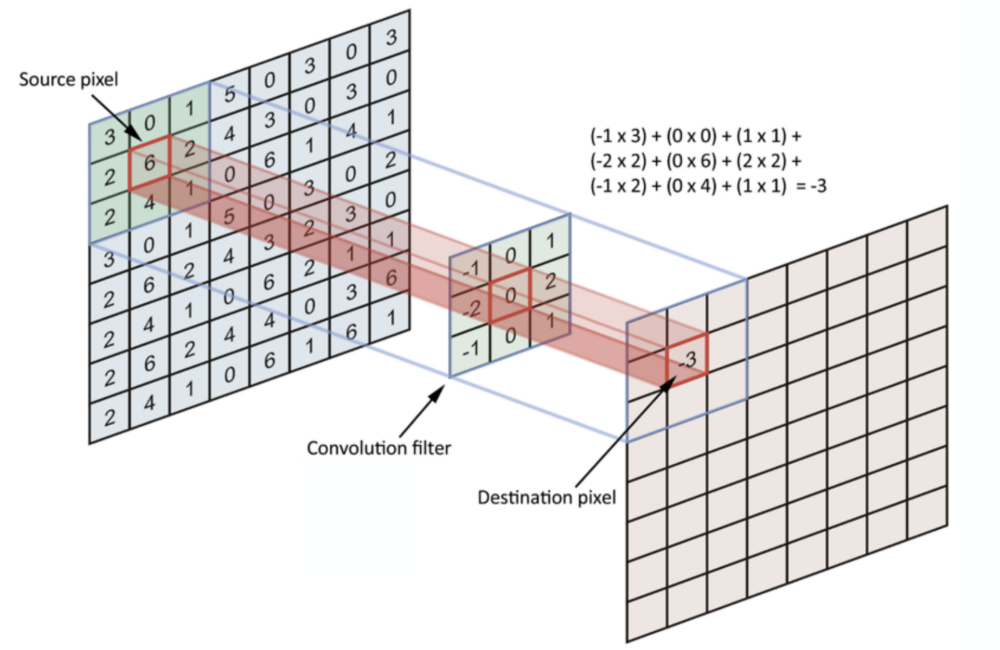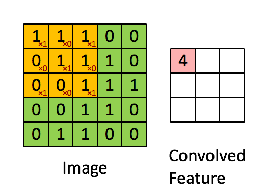In the previous article related to RNN , we understood the architecture of RNN , RNN has the problem working poorly when we need to maintain the long term dependencies (earlier layers of RNNs suffers the problem of vanishing gradients).This problem has been almost solved with the new architecture of LSTMs (Long Short Term Memory)…
Deep Learning with Pytorch – Custom Weight Initialization – 1.5
From the below images of Sigmoid & Tanh activation functions we can see that for the higher values(lower values) of Z (present in x axis where z = wx + b) derivative values are almost equal to zero or close to zero. So for the higher values of Z , we will have vanishing gradients…
Deep Learning with Pytorch -Sequence Modeling – Time Series Prediction – RNNs – 3.1
In the previous post of this series , we learnt about the intuition behind RNNs and we also tried to understood how we can use RNNs for sequential data like time series.In this post we will see a hands on implementation of RNNs in Pytorch.In case of neural networks we feed a vector as predictors…
Deep Learning with Pytorch -Sequence Modeling – Getting Started – RNN – 3.0
In CNN series , we came to know the limitations of MLPs how it can be solved with CNNs. Here we are getting started with another type of Neural Networks they are RNN(or Recurrent Neural Network). Some of the tasks that we can achieve with RNNs are given below – 1. Time Series Prediction (Stock…
Deep Learning with Pytorch -CNN – Transfer Learning – 2.2
Transfer learning is the process of transferring / applying your knowledge which you gathered from doing one task to another newly assigned task. One simple example is you pass on your skills/learning of riding a bicycle to the new learning process of riding a motor bike. Referring notes from cs231 course – In practice, very…
Deep Learning with Pytorch -CNN from Scratch with Data Augmentation – 2.1
In the last post we went through all the building blocks of ConVNets. Now let’s put all the concepts together and see how to do it in Pytorch. Before going into the implementation , lets see what is Data Augmentation. Augmentation:Using pytorch’s torchvision.transforms operations , we can do data augmentation.With data augmentation we can flip/shift/crop…
Deep Learning with Pytorch-CNN – Getting Started – 2.0
In Deep Learning , we use Convolutional Neural Networks (ConvNets or CNNs) for Image Recognition or Classification. Computer Vision using ConvNets is one of the most exciting fields in current Deep Learning research. For more detail understanding of ConvNets , I will encourage you to go through this amazing Videos tutorials by Andrew Ng In this tutorial…
Deep Learning with Pytorch-Speeding up the training – 1.4
In the last post we saw using GPU , how we can speed the training process of Neural Network in Pytorch. Apart from GPU we can also use below mentioned three techniques to speed the training process , lets discuss them in brief before diving into the coding – 1. Normalization of input data:We have…
Deep Learning with Pytorch-nn.Sequential,GPU,Saving & Loading Model – 1.3
If you have gone through the last three posts of this series , now you should be able able to define the architecture of Deep Neural Network , define and optimize loss , you should also be now aware of few of over-fitting reduction techniques like – compare validation/test set performance with training set ,…
Deep Learning with Pytorch-DataLoader,Validation&Test,Dropouts – 1.2
In this previous post , we saw how to train a Neaural Network in Pytorch with different available modules. In this tutorial we will go through different functionalities of Pytorch like Data Loader ,Subsetsampler and how to create Validation and Test Set with the help of Data Loader. One of the main problem of Neaural…

